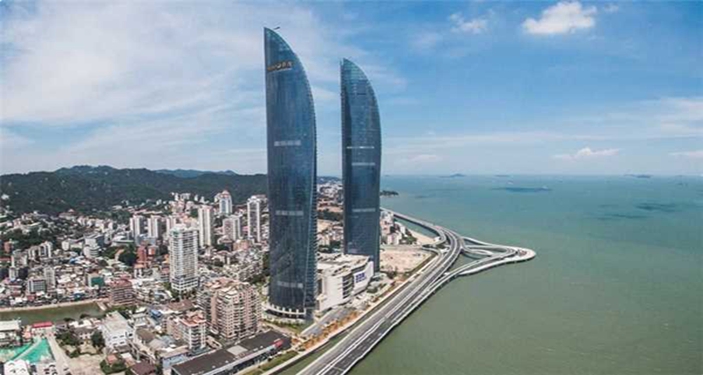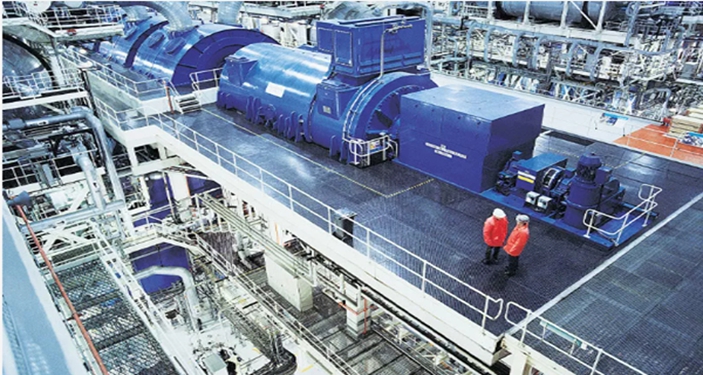ABB launches new generation robot control platform OmniCore ™
The platform has improved enterprise productivity and flexibility through faster, more precise, and more autonomous automation technologies.
A strategic investment of $170 million has been made in the new generation robot control platform, aimed at accelerating the achievement of more advanced and sustainable automation goals.
The unique single control architecture integrates the complete hardware and software of ABB robots.
Today, ABB Robotics officially released OmniCore ™, This is a faster, more precise, and more sustainable intelligent automation platform aimed at empowering enterprises and improving their future development capabilities.
The OmniCore? Platform is the result of ABB’s investment of over $170 million in next-generation robotics technology, marking a significant shift towards modularity and future control architecture. This architecture will realize the comprehensive integration of artificial intelligence, sensors, cloud computing and edge computing systems, and create the most advanced and autonomous robot applications.
According to An Shiming, President of ABB Robotics and Discrete Automation Division,
For our clients, automation is a strategic requirement as they seek greater flexibility, ease of operation, and efficiency to address global trends such as labor shortages, market instability, and more sustainable operations.

By developing advanced mechatronics, artificial intelligence, and vision systems, our robots are easier to use than ever before, with better performance, higher flexibility, and mobility. But they must also cooperate with each other and ensure seamless and smooth operation, undertaking more tasks in more places. This is how we launched OmniCore ™ The reason is a new milestone in our 50 year history in the field of robotics; A unique single control architecture that integrates our entire set of leading hardware and software through one platform and one language.
OmniCore’s top-notch motion performance enables robots to achieve path accuracy of up to 0.6 millimeters and can run at high speeds of up to 1600 millimeters per second while controlling multiple robots. This brings new automation opportunities for precision fields such as arc welding, mobile phone display screen assembly, gluing, and laser cutting. Overall, compared to previous ABB controllers, OmniCore? Has increased the robot’s operating speed by 25% and reduced energy consumption by 20%.
OmniCore? Is built on a scalable modular control architecture, providing rich functionality to create almost any application that can be imagined, meeting the needs of existing and new segmented markets that introduce automation technology, such as biotechnology and construction enterprises. With over 1000 hardware and software features, customers can easily design, operate, maintain, and optimize operations. Including ABB’s Absolute Accuracy and PickMaster ® Twin software, as well as hardware such as external axes, visual systems, and fieldbus.
Ma Sikang, Global President of ABB Robotics Business Unit, said,

The difference of OmniCore? Is that it can manage motion, sensors, and application devices in a unified system as a whole. OmniCore? Opens the door to the complete set of hardware and software product combinations for ABB robots, allowing for arbitrary combinations under one control platform, providing all possibilities and more conditions for value creation. For example, OmniCore? Enables car manufacturers to increase production speed, provide a huge competitive advantage, and increase stamping production output. With the addition of dedicated functional application modules for stamping automation, the output of the robot stamping production line can be increased from 12 strokes per minute to 15 strokes per minute, producing 900 parts per hour.
On the occasion of celebrating the 50th anniversary of robots, we believe in OmniCore ™ It can promote breakthroughs in more industries and help customers from all walks of life cope with future challenges.
Since the launch of the world’s first microprocessor controlled robot in 1974, ABB Robotics launched RobotStudio in 1998 ® Software, acquired Seven Sense in 2024, brings industry-leading artificial intelligence based navigation technology to mobile robots. OmniCore? Is the latest advancement on ABB’s 50 year innovation journey in robotics. You can learn more about the 50th anniversary celebration of ABB Robot on WeChat, Weibo, Tiktok and Station B, or click “Read the original text” to log on to the official page of the 50th anniversary to learn the latest news and trends.












